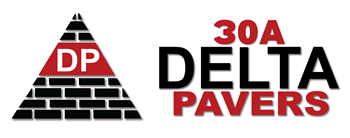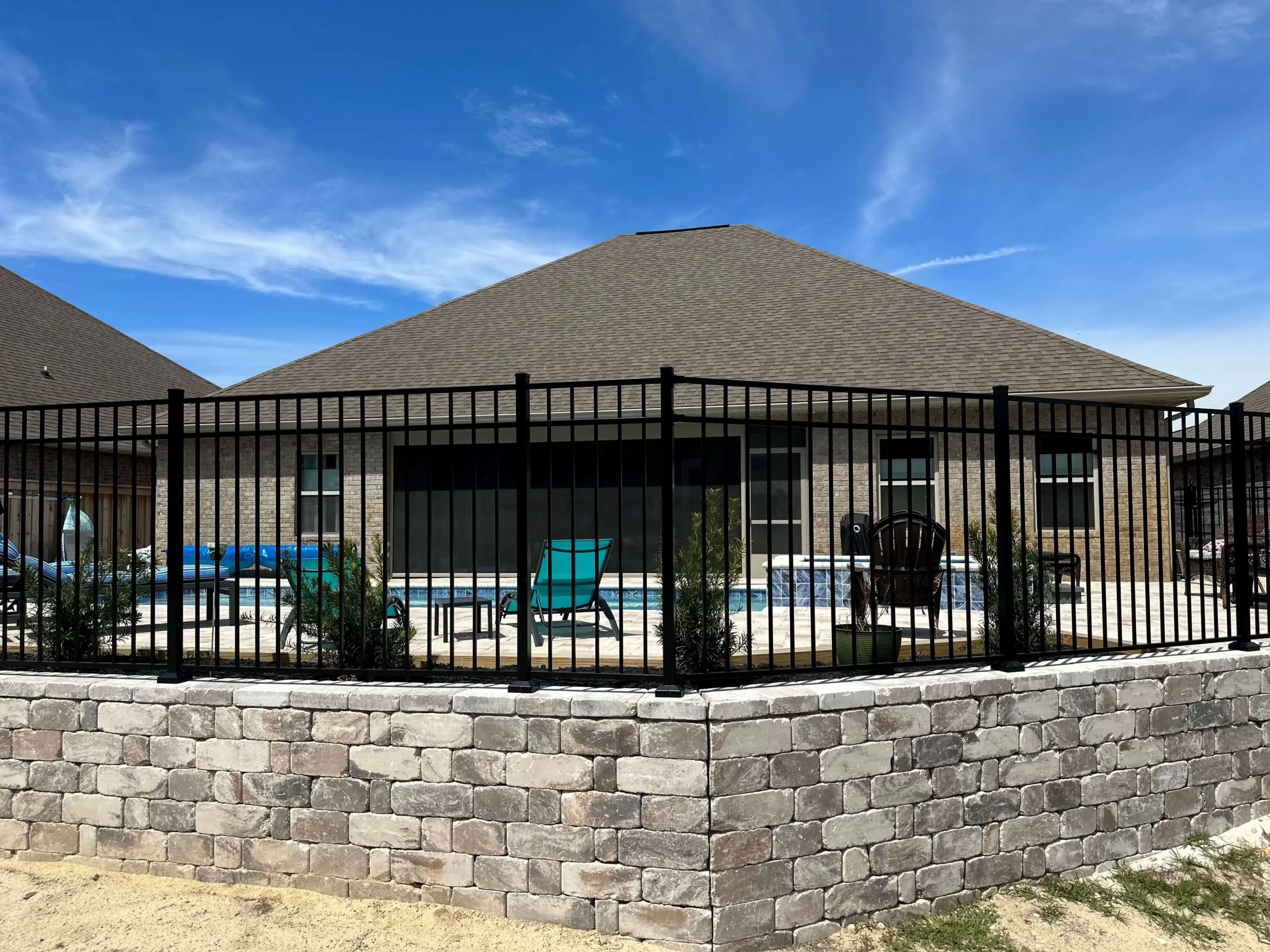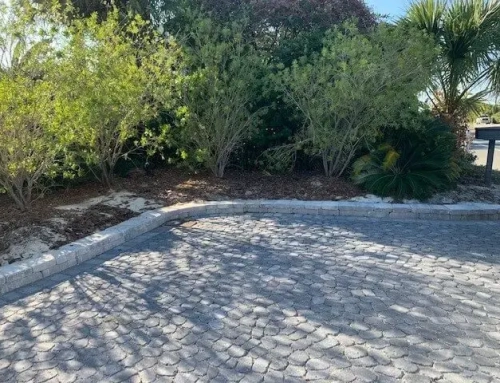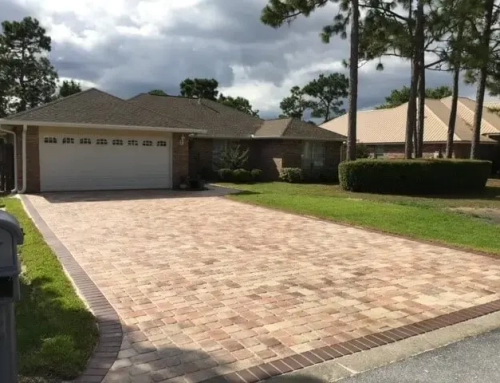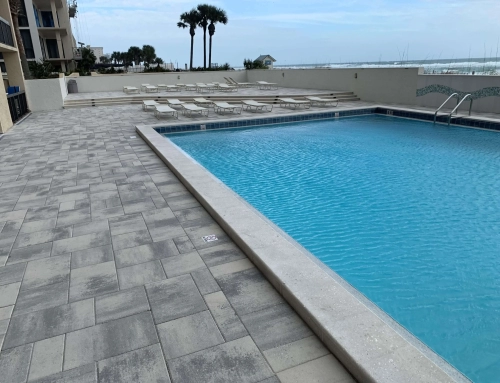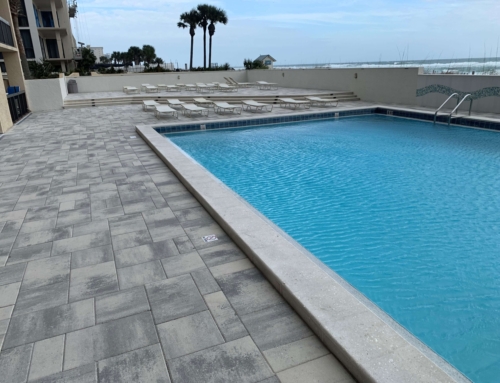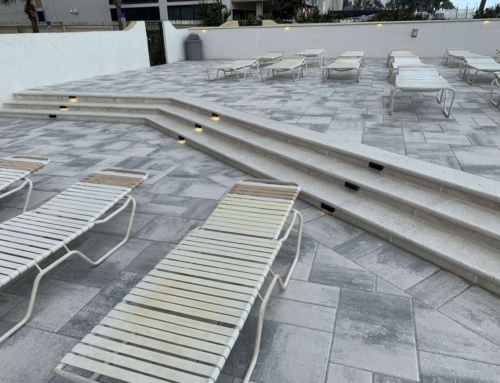Common Questions About Paver Retaining Walls
When considering or maintaining a paver retaining wall, homeowners often have a few common questions. Addressing these concerns can help ensure that your wall remains functional and aesthetically pleasing for years to come.
How Long Do Paver Retaining Walls Last?
- Longevity of Paver Retaining Walls:
- Paver retaining walls are known for their durability and can last for decades with proper installation and maintenance. On average, you can expect a well-built paver retaining wall to last anywhere from 20 to 50 years.
- Factors Affecting Lifespan:
- Several factors can influence the lifespan of a paver retaining wall, including the quality of the materials used, the expertise of the installation, the environmental conditions, and how well the wall is maintained. Regular inspections and timely repairs can significantly extend the life of the wall.
Can Paver Retaining Walls Handle Heavy Loads?
- Structural Integrity:
- Paver retaining walls are designed to hold back soil and can handle significant loads. However, the wall’s ability to support heavy loads depends on its height, design, and the quality of its construction.
- Ensuring Adequate Support:
- For walls that need to support particularly heavy loads, such as those near driveways or in areas with substantial soil pressure, it is essential to have a well-engineered base and proper drainage. Consulting with a professional during the design and installation process can help ensure your wall is built to withstand the required load.
Are Paver Retaining Walls Environmentally Friendly?
- Environmental Impact:
- Paver retaining walls can be an environmentally friendly option, particularly if you choose permeable pavers that allow water to pass through and reduce runoff. This helps prevent erosion and promotes groundwater recharge.
- Eco-Friendly Paver Options:
- Some pavers are made from recycled materials, further reducing the environmental impact. Additionally, using local materials can reduce transportation emissions and support the local economy.
What is the Cost of Building a Paver Retaining Wall?
- Cost Breakdown:
- The cost of building a paver retaining wall can vary widely depending on several factors, including the size of the wall, the type of pavers used, and whether you choose to do it yourself or hire a professional. On average, homeowners can expect to pay between $15 to $30 per square foot for materials and labor.
- Budgeting Tips:
- To keep costs down, consider using concrete pavers, which are generally more affordable than natural stone. Additionally, building the wall yourself can save on labor costs, though it’s important to weigh this against the time and effort required for a DIY project.
Can I Install a Paver Retaining Wall Myself?
- DIY vs. Professional Installation:
- Installing a paver retaining wall yourself can be a rewarding project and can save you money. However, it’s important to consider the project’s complexity and your experience level. While smaller walls may be manageable for DIYers, larger or more complex walls often require professional expertise to ensure stability and longevity.
- Safety Considerations:
- If you decide to tackle the project yourself, ensure you have all the necessary tools and materials, and take the time to plan and prepare the site properly. Safety is paramount, so be sure to follow all guidelines for excavation, base preparation, and wall construction.
- Paver retaining walls offer a versatile and aesthetically pleasing solution for a variety of landscaping challenges. Whether you’re looking to prevent soil erosion, create a level garden space, or enhance the beauty of your outdoor area, a paver retaining wall can meet your needs. With proper design, installation, and maintenance, these walls can last for decades, providing both functional and visual benefits to your property.
If you have any more questions about paver retaining walls or need professional assistance with your project, don’t hesitate to reach out. Whether you’re planning a DIY project or considering hiring a professional, the right information and resources can make all the difference.
